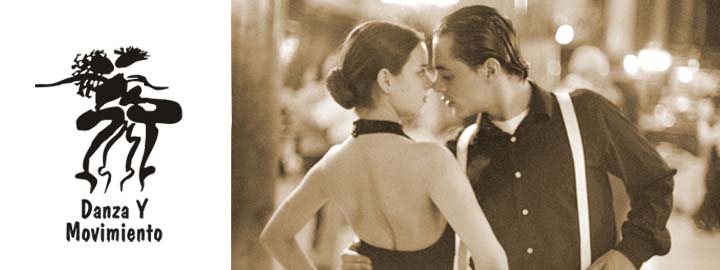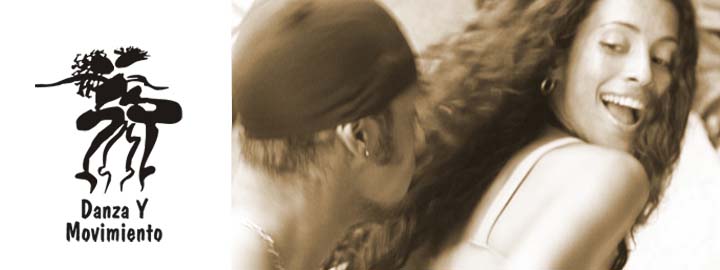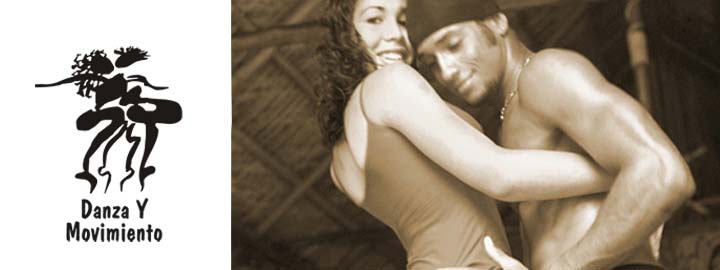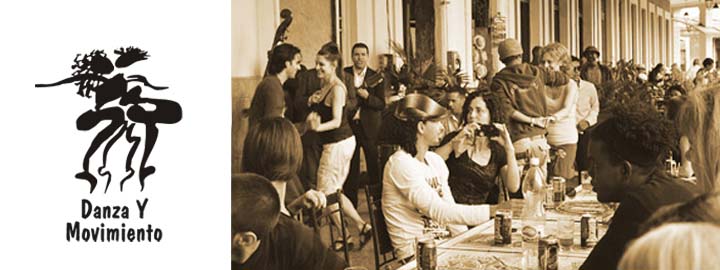Tango, milonga und vals are something like the Trinity of music from Buenos Aires. The tango was the result of the merging of several cultures, which met in Argentina during the immigration period. The milonga constitutes the indigenous »original« part of the total repertoire. The vals might be most closely related to the abandoned homelands of the emigrants, for it is strongly embedded in European folk music.
In brief:
Tango: melancholy, grief, seriousness, pride, struggle
Milonga: joy, diversion (and thus a counterbalance to tango)
Vals: reconciliation, home, to forget (... grief)
With some minor knowledge about tango it is possible to make out the valses relatively easily and accurately amongst a selection of one hundred different tangos, milongas and valses only because of their titles. Quite frequently the female names (Esmeralda, Catalina, Marina, Ramona...), small romances (Romance de barrio, Desde el alma ...) or the choice of words and word order indicate a vals behind the title: Dos que se aman, Dos corazones, Un placer...
-> Read more...
The three-four time rhythm suggests liveliness and maybe a form of freedom which the tango does not admit in this way. When this »Vals-Swing« - character is supported by the technique of play and the arrangement on top of that, like for example in the titles Caserón de tejas, Valsecito amigo, Cortando camino, Dos que se aman, Flor de lino or Lagrimas y sonrisas - then one could assume that the joie de vivre lost in tango is regained. Generally, the vals tempi are quicker than those in Eurpean vals, which increases the effect described in the beginning. Particularly Caserón de tejas, a vals, in which tightness and drive intensify the dance aspect - as well as Se fué with its closeness to the light blue melancholy seem to be worth mentioning to me.
Catalina clearly reminds me of one of its musical sisters, the Spanish zarzuela. This can easily be explained by considering the Lomuto orchestra’s repertoire, which to a great extend consists of Spanish and Latin American titles (ritmos tropicales). The last title of this CD should not be neglected : Ilusión Marina with Alberto Morán and the orchestra Osvaldo Pugliese. In top form, Morán really makes this vals blossom through his voice and adds a melted reddish streak comparable to a marble grain. Only few singers managed to create such a passionate vortex through the colour of their voice.
The History of the Milonga
Through his life, Carlos Gardel recorded 926 titles altogether. They are divided into 26 different forms or stylistic variations like for example tango, milonga, vals, ranchera, canción, zamba, tonada, and others. The number of tangoes recorded by Gardel is 626. Furthermore, there are 59 valses, 58 canciones, 35 zambas, 19 tonadas, 5 rancheras and 8 milongas to be found in his discography.
In the case of the singers and orchestras of the generations following, a difference is to be noticed. The repertoire’s percentage of milongas is significantly higher. What could be the explanation for it?
The milonga came into being as a song of the Argentinian folk music roughly between 1870 and 1880. It was sung by payadores and gauchos and had a rather melancholic ballad nature. It was also called milonga campera (the »rural« milonga).
The more civilized or urban the milonga became, the more its tempo increased. This did not happen until the beginning of the 1930s. Listening to the early tango recordings of the period between 1910 and 1920, one realises that almost all the tangoes as well as the milongas were rhythmical, written down in 2/4 , and that they mainly had a cheerful and carefree text. This changed with »Mi noche triste«, a tango sung by Carlos Gardel in 1917. Although it still owned the milonga rhythmical devices, the text was already characterised by melancholy and gloominess.
The tempo of the tango started to slow down during the following years, which is proofed by Julio de Caro’s early recordings. The 2/4 was then inappropriate and it was changed to a 4/8 . The discographies and tango repertoires of the tango musicans did hardly contain any milongas in the era from 1910 to 1930.
The so-called Milonga ciudadano emerged at the beginning of the 1930s. Its tempo is much faster than the tango pace, the texts are more light-hearted and more playful. The topics, which were often interpreted by a duet of singers, dealt with scraps, drinking bouts, mockeries and other comic situations. The tango did not show those traits.
Shortly after that - still in the 1930s, the texts gained a new facet: the carnival, or more precisely, the Mulata, the Negra - the dark-skinned within the carnival. This can probably be explained by the relationship between the milonga and the candombe. The candombe is the contribution of the coloured people, the descendants of the African slaves to the Argentinian music. The milonga and the candombe own a similar tempo, the latter a less complicated rhythm. The rather colourful appearance of the milonga was preserved troughout the 1940s.
The »sister« of the milonga including singing, the Milonga Danza, also came into being in the 1930s. In some cases, it was meant to be slower, which is shown by the example of the five different versions of La Puñalada by Juan DZArienzo and the milongas of Francisco Canaro. This instrumental style prevailed until the well-known milongas of Julián Plaza in the 1960s. Astor Piazzolla established the »nuevo« style of the milonga, the »Milonga Nueva« mainly with the titles »Milonga del ángel« and »Milonga loca«.
Other rythms in Tango
The typical standard repertoire of an Argentinian tango orchestra constitutes of tangos, valses and milongas. Candombes, rumbas, rancheras, polkas, foxtrotts, pasodobles or even marches are rather rare- at least among studio recordings. We know, though, that stage programmes and record titles were only partly identical. To say it in other words: Not everything which used to be played in milongas (in this context: typical dance events), during carneval, in the coffee houses or in the streets ended up on a record.
Probably, the orchestras of Francisco Canaro and Francisco Lomuto were two of the few formations whose record repertoires were of a broader stylistic variety than those of a typical tango orchestra (»Orquesta Típica«). This is why the predominate part of the titles on this CD derive from those two ensembles.
The »black« origin of the Candombe introduced by African slaves to Argentina and Brazil can hardly be ignored. The African influence, which is caracterized by percussion and distinct rhythm, pushes itself to the fore in varying intensity in the music of our examples. Thus, one could consider »San Domingo«, a recording of the 22-year-old Julio Sosa, and »Carnavalito« as the cornerstones and the boundary stones of the spectrum of this candombe selection. The first-mentioned: wild, almost unbridled - like young people might have experienced this dance in the carnevals of Buenos Aires and Montevideo... and the second: artificial and intimate, almost restrained, which not least can be ascribed to Raúl Berón’s voice, which in my opinion shows to advantage in combination with the Demare orchestra, where it can unfold its »bouquet«. It was also Berón who created the candombe-milonga hit »Azabache« with the Orchestra Miguel Caló in 1942. The version on hand, though, is one which came into being a year afterwards: The duo Fernando Díaz and Jorge Omar, accompanied by the Orchestra Francisco Lomuto, interpret the title a bit more restrained, almost leisurely.
In the 30s, the Rumba used to be a regular component of many Latin American dance orchestras. »La Cucaracha« and »Para Vigo me voy« are among the most prominent pieces of this genre, whereas »Sol tropical« was perhaps mainly promoted by Carlos Gardel who recorded this title for a movie the same year- The Lomuto version distinguishes itself for its colourful instrumentation, especially for its unusual baritone saxophone solo.
To me, the »tropical« aspect of the entire Latin American music is mainly transmitted by the rumba. Pictures of broad streets, which transpire and glisten after the rain, men with brown faces and white suits, women with deep dark eyes and elegant dresses, the heat, which forces everything to slow down, and precisely this music with its rolling, almost lethargic movement - those remote pictures as well preserve the fascination of tropical cultures from Cuba to Argentina to me.
(All texts from Klaus Johns. Copyright by Viamas GmbH, Hamburg.)





